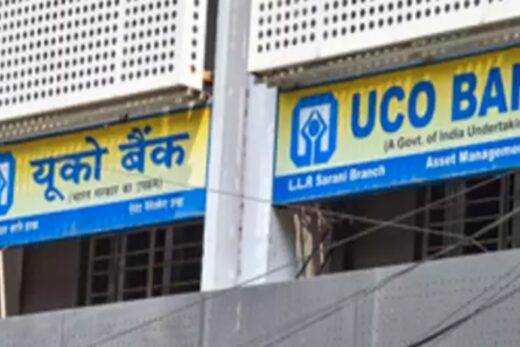RBI’s measures to bring down yields, like a cut in the reverse repo rate, targeted long-term repo auction and OMO, have largely been reversed now. The economic situation does not justify such rise in yields, as corporate and household balance sheets are still fragile. CPI inflation is expected to be in the 2-6% band, with the weighted average seen at 4.5– 5%. RBI expects gross NPAs of banks to rise to around 13.5 % level with the lifting of the moratorium.
The manufacturing capacity utilization is at 64 per cent and unemployment rate is around 5.8 per cent with labour participation rates falling, as more people leave the job market. Some studies pegged the total job loss due to the pandemic at 1.2 crore.
The MSME and service sectors have still not recovered from the pandemic hit. Easy liquidity conditions and benefits from government expenditures have been captured by large firms. Now, with this rise in bond yields, even they are finding it difficult to borrow. It is imperative for the interest rates to remain low for a prolonged period for the benefits of lower interest rates to trickle down to the overall economy.
RBI has tried to bring down the yields in the primary auctions by devolving the auctions on primary dealers (PD). This has only aggravated the problem, as primary dealers do not have holding capacity and are dumping their stock at heavy discounts.
They can do this due to the heavy unwriting commission they earn. RBI has been doing OMOs and buying in the secondary market, but bond yields still continue to be elevated. Global developments such as higher commodity prices and rising bond yields due to US President Joe Biden’s $1.9 billion stimulus package have spoilt the sentiment in bond markets.
For the current financial year, most of the purchases of government securities and corporate bonds by investors has happened when the 10-year yields were below 6% level. Market players have confidence in RBI’s ability to protect the 10-year from going above 6%. RBI has always announced OMO when the 10-year yields have gone above 5.90%. The borrowing programme of the central government for this financial year till date has been of around Rs 13.17 lakh crore and those of state governments around Rs 7.17 lakh crore. All these purchases are reflecting losses on investor balance sheets.
This has turned them cautious, as they don’t want to add to their losses. RBI due to its forex intervention has been releasing liquidity in the system. This has led RBI to do Operation twist instead of OMO. In Operation Twist, the central bank buys longer maturity papers and sells shorter maturity papers to keep liquidity neutral.
Due to the Operation Twist conducted by RBI, we are seeing selling pressure intensify in the short end of the yield curve even though liquidity conditions remain comfortable. Buyer appetite for short-term papers is satisfied by RBI. Corporates borrow in the short end of the yield curve. Operation Twist is crowding out corporates, as they have to borrow at higher rates. In most cases, we have seen corporates not able to raise funds due to high rates demanded by investors.
Mutual funds, which are traditional buyers of corporate bonds, are on the sidelines, due to the expected redemptions in March. Primary dealers and traders are shorting the market, as investors are on the sidelines. They are able to cover at lower levels as mutual funds and other investors sell to meet redemption needs.
(Views expressed in this article are personal in nature and in no way trying to predict the market or to time them. The views expressed are for information purpose only and should not be construed as any investment, legal or taxation advice. Any action taken on the basis of the information contained herein is the reader’s responsibility alone and Tata AMC will not be liable in any manner for the consequences of such action. Please consult your mutual fund distributor before investing.)



